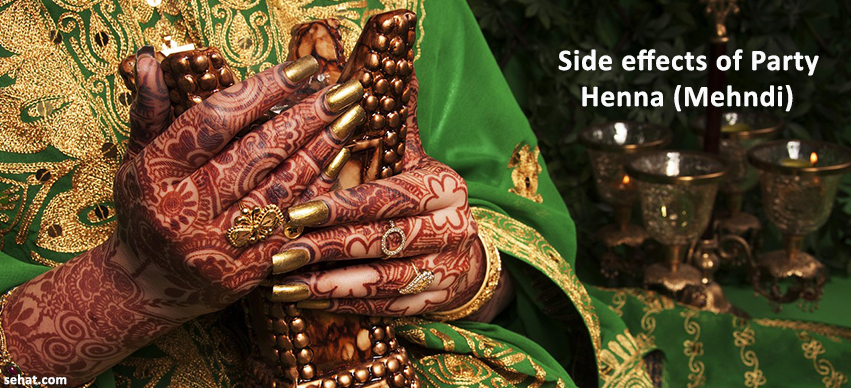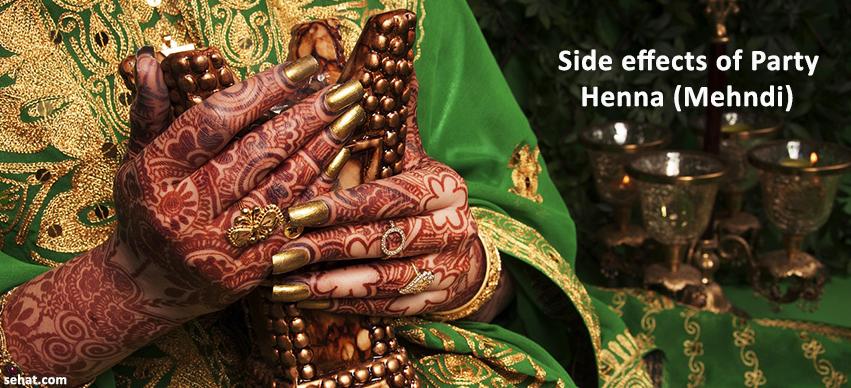Targeted Therapy on the Rise: Exploring Rivoceranib for Hepa..
4 Min Read


For centuries now people have been using Henna or Mehndi to dye their fabrics like silk, wool, and leather. Coloring your hair using henna is as popular as using mehndi to paint or create temporary tattoos on the body. It is used as a part of traditional customs especially during marriages, holidays or even festival celebrations.
History says it was first used in the Arabian Peninsula, South Asia, parts of SouthEast Asia, Horn of Africa, and parts of North Africa. Henna or mehndi is derived from the henna or mignonette tree or the Egyptian Privet, a flowering plant and the only species of the Lawsonia genus.
Henna is used extensively in India right from a few home remedies either to color hair or to moisturize it. But the recent spate of warning of mehndi being harmful to the skin has been circulating for a few years now. It is quite a rage with people who would love to get a tattoo, but not a permanent one. Do we know if this is a hoax or fact? It is a mix of a few facts and rumors.
Further investigations of these warnings, especially the one by U.S. FDA revealed that it is the new black henna or party henna that can be considered skin infection henna. According to MedWatch, the health and safety complaints hotline in the US, they received many reports of the side effects of party henna such as blisters, redness, raised and red lesions, loss of skin pigmentation and in a few cases permanent scarring.
Party henna or black henna is a chemical based dyeing agent and has no connection whatsoever to the original plant-based henna. The chemicals Black henna’ contains para-phenylenediamine oxidative dye, a highly volatile chemical, which causes an allergic reaction on the skin.
A few artists who used traditional mehndi to create body art decided to add the chemical para-phenylenediamine to traditional henna. This chemical dye was known to produce a dark shade faster than the plant based one. That is how ‘Black henna’ body art evolved.
What they did not realize was that such an addition could cause side effects like scarring, blistering, sores and lesions even after 20 days of application in nearly 35 percent of the people sporting fake black henna tattoos. A test was conducted to check on the potency of black henna. This paste had 90% traditional henna and 10% para-phenylenediamine. The test results showed that nearly 100% of the test subjects suffered from allergic reactions in less than five applications.
However, the black henna available in the market has more than 12 to 80 percent concentration of the chemical dye. This means that side effects of party henna would be quite severe. The use of this chemical in cosmetics meant for skin application is banned.
Not everyone has the same kind of allergic reaction to black henna, but it can be quite painful. The signs of a reaction are burning or tingling sensation, inflammation, redness, skin blisters, and in some cases weeping lesions or permanent scarring. If you suffer from one or more symptoms then it is very important that you visit the doctor to get treated immediately.
The original plant-based henna is completely safe and is orange in color with a red or brown tint to it after it is washed off. The real mehndi is not black ever, and if someone mentions black henna, staying away is the only way to avoid allergies or chemical burns. If there are no ingredients mentioned on the pack, then do not use the product.
The analysis above shows that “Black Party henna is definitely dangerous to the skin†is a fact and not a hoax. To avoid skin issues, make sure you are using the real henna which is green brown in color in its dry form and leaves back an orange shade when washed off. While using party henna, If you felt any irritation or reddening on your skin it's better to visit Best dermatologist in Hyderabad or Best dermatology (Skin) Hospital in Hyderabad.